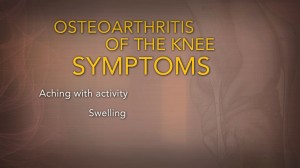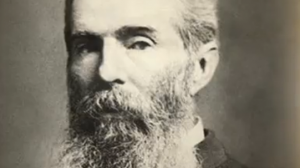NEW YORK (Reuters Health) – Rib fractures in older men are often associated with risk markers for osteoporosis, such as low bone density and a history of fracture, according to a report in the March 26th Online First issue of BMJ.
In light of these findings, Dr. Elizabeth Barrett-Connor, from the University of California, San Diego, and her coauthors conclude that “rib fractures should be considered to be osteoporotic fractures in the evaluation of older men for treatment to prevent future fracture.”
The researchers analyzed data on 5995 men from 6 regions in the U.S., all at least 65 years old and belonging to the prospective Osteoporotic Fractures in Men (MrOS) cohort. Every 4 months, for an average of 6 years, they completed mail surveys regarding falls and fractures.
The rib fracture rate was 3.5 per 1000 person-years, and 24% of incident non-spine fractures involved the ribs, the report indicates. Forty-eight percent of new rib fractures occurred with a fall from standing height or lower.
Independent risk factors for new rib fractures included age of 80 years and older, low hip bone mineral density, personal history of rib fracture or any fracture after age 50, a fall in the previous year, poor grip strength, and difficulties with activities of daily living. Arthritis, by contrast, was tied to a reduced risk of rib fracture.
A history of rib/chest fracture was a strong predictor of rib fracture (adjusted HR, 2.71), hip fracture (2.05), and wrist fracture (2.06).
Less than one fifth of men with a radiologically confirmed rib fracture received any bone-specific agents following the fracture, the report indicates.
“If rib fracture is due to osteoporosis…this missed diagnosis is a missed opportunity for intervention,” the authors conclude.
Reference:
BMJ 2010.




